Wooden apartment buildings tend to have cheaper rent than those that are made of steel and concrete. However, many are concerned about the earthquake resistance and soundproofing of wooden buildings. In this article, we will thus be looking at the pros and cons of wooden buildings, and comparing how they measure up to steel and concrete buildings.
At Village House, you can choose from over 1,000 properties across Japan. If you are looking to rent an apartment at a reasonable price, please check out our website!
Types of Building Constructions
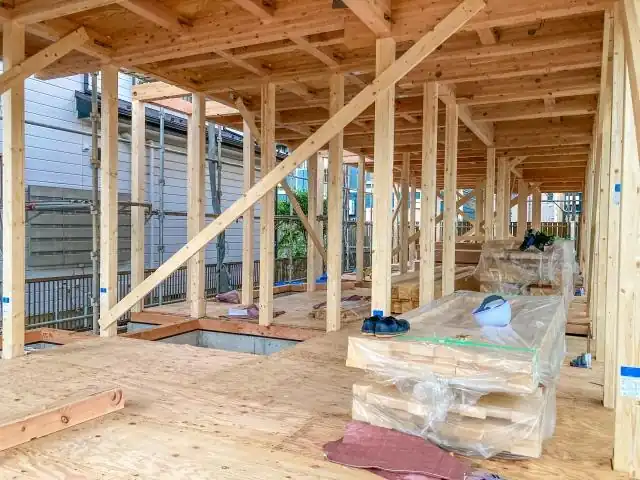
The structure of a building refers to the framework which provides it with stability and support. Building structures are broadly classified into wood, steel, and concrete frames. Let’s examine the characteristics of each structure:
Wood frame
Most apartment buildings with wood frames are small rental properties with two floors or less. That said, properties where the first floor is made of reinforced concrete and the second and upper floors are made of wood are also referred to as wooden apartments. Such apartments are labeled “timber-concrete hybrid” in their property description and lease contracts.
Steel frame
There are two types of steel frames: lightweight steel frames and heavy steel frames. The major difference is the thickness of the steel used.
Generally, lightweight steel frames are less than 6mm thick, and heavy steel frames have a thickness of 6mm or more. Light steel is mainly used for smaller apartment buildings, while heavy steel frames are used for large-scale buildings like high-rise condominiums (a.k.a. “mansions”).
Concrete frame
Reinforced concrete (RC) structures are made by casting concrete around steel bars. RC is used for mid-to-high-rise condominiums and housing complexes.
There are also steel-reinforced concrete structures (SRC), in which concrete is cast around rebars and a high-strength steel frame. Compared to RC structures, SRC structures boast superior durability, earthquake resistance, and sound insulation.
Benefit #1 of wooden apartments – Cheaper rent
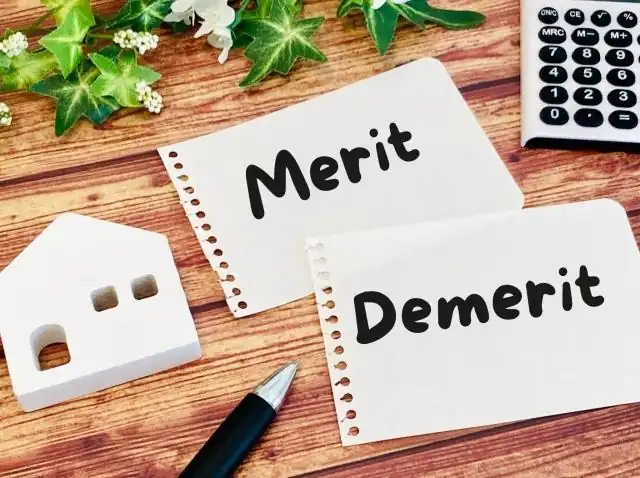
Wooden apartment buildings cost less to build, so the rent tends to be lower than other types of buildings that are constructed in the same area and year. They usually also have lower management fees because they tend to have fewer floors and no elevators.
Furthermore, lower rent also means lower initial costs and renewal fees. This is because initial costs are generally calculated based on the rent, and renewal fees are typically equivalent to one month’s worth of rent.
Benefit #2 of wooden apartments – Excellent ventilation and humidity control
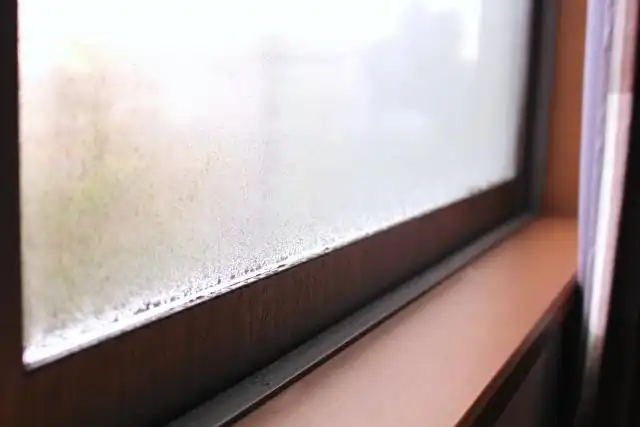
Wooden buildings have better ventilation than steel structures. They accumulate less moisture and heat, thus reducing the difference in temperature between the inside and outside of the room. This means that condensation is less likely to form inside wooden buildings.
Furthermore, having good ventilation helps to prevent mold and dust mites. Wooden buildings may thus be preferable for people who are prone to allergic reactions or households with small children.
Additionally, wood has humidity-controlling properties. It absorbs excess moisture from the air during humid summers and releases moisture into the air during dry winters. This makes wooden homes comfortable to live in year-round.
Benefit #3 of wooden apartments – Space can be used efficiently
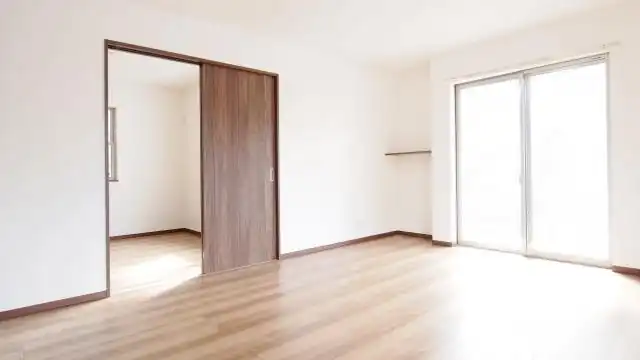
In steel and concrete buildings, structural supports such as beams and pillars tend to protrude from the walls and ceilings. However, wooden buildings do not have such protrusions, so it is easier to arrange your furniture inside them.
Moreover, with wooden apartment buildings, the floor space you see listed in the property description is what you get. With steel and concrete buildings, the rooms may feel smaller than expected because of the protruding beams and pillars.
Drawback #1 of wooden apartments – Poor soundproofing and noise insulation

On the other hand, unlike steel and concrete buildings, wooden buildings have poor soundproofing and noise insulation. This means that not only are your neighbors more likely to overhear any noise you make, but noise from the outside will also pass through more readily.
However, not all wooden apartments have poor noise insulation. Some wooden apartments are constructed with building materials or have floor plans that mitigate this issue. If noise is of particular concern to you, make sure to check the apartment’s soundproofing when viewing it.
If you currently live in a wooden apartment building, here are five ways to improve its noise insulation:
- Install sound absorption sheets on your walls and floor
- Place furniture against the wall of the adjacent room
- Install soundproof curtains on your windows
- Cover the gaps around your doors with soundproofing tape
- Lay down a thick carpet or soundproof mat
Drawback #2 of wooden apartments – Low earthquake resistance
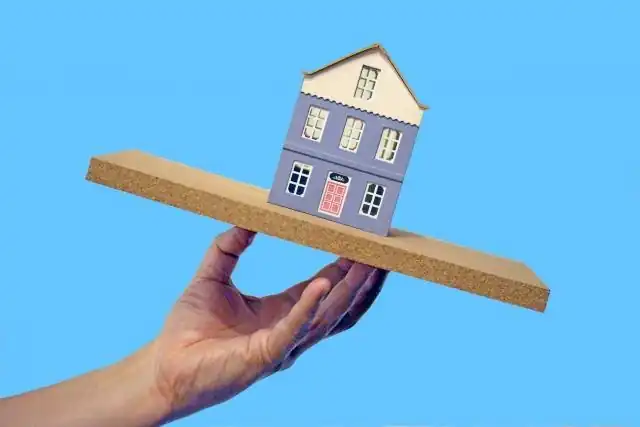
Many are concerned about the earthquake resistance of wooden buildings, especially in comparison to steel and concrete buildings. However, Japan has strict laws that require all buildings, including wooden ones, to be earthquake resistant. These laws have been revised twice.
Before June 1981, the Old Earthquake Resistance Standards required that buildings were able to withstand earthquakes with a seismic intensity of magnitude 5 on the Japanese Meteorological Association Seismic Intensity Scale. From June 1981, the New Earthquake Resistance Standards required that buildings were able to withstand earthquakes of Shindo 6+.
The 2000 revision of the Building Standards Act introduced four additional items:
- Ground investigations are mandatory.
- Foundation design must consider ground conditions.
- Joints between columns, beams, and braces must be secured with metal fittings.
- To prevent load-bearing wall displacement, the load eccentricity must be kept below 0.3.
Check a building’s year of construction to identify which standards it adheres to:
| Standards | Year of construction |
| Old Earthquake Resistance Standards | 1981 and earlier |
| New Earthquake Resistance standards | 1982 to 1999 |
| 2000 Standards | 2000 to present |
Apart from checking a building’s earthquake resistance standards, also be sure to check its housing performance.
The Housing Performance Indication System is a voluntary certification system that includes an evaluation of how resistant a home is to destruction, collapse, and damage during natural disasters (earthquakes, typhoons, snowfall, etc.). Its earthquake resistance grade (1 to 3) indicates how well a home can withstand rare and powerful earthquakes, i.e. a magnitude of 6+ and above, which is comparable to the seismic intensity observed in Kobe during the Great Hanshin Earthquake.
While the system mainly targets condominiums and newly built houses, some companies have begun taking the initiative to get newly built rental condominiums evaluated as well.
Drawback #3 of wooden apartments – Poor cooling and heating efficiency

Earlier on, we mentioned that wooden buildings have excellent ventilation. However, good ventilation also means that they are not airtight, so indoor air can easily escape outside, which makes heating and cooling less effective.
If you live in a wooden apartment, we recommend applying insulation films to your windows or installing thermal curtains in the winter. Additionally, during the summer, increase the efficiency of your air conditioner by opening your windows and letting the hot indoor escape before turning it on.
Building Structure Comparison Table
| Soundproofing | Earthquake/Fire resistance | Cheaper rent | Ventilation | Ease of arranging furniture | |
| Wooden | × | △ | ◎ | ◎ | ◎ |
| Steel | 〇 | △ | 〇 | 〇 | 〇 |
| Concrete | 〇 | ◎ | △ | × | △ |
Wooden apartment buildings are great for people who value low rent. Otherwise, we recommend concrete buildings if you are particular about soundproofing, earthquake resistance, and property facilities.
Village House has over 1,000 high-quality properties across Japan’s 47 prefectures, with rents starting as low as 20,000 yen. In addition, initial costs are low because we do not charge any security deposits*, key money, brokerage fees, or renewal fees. If you are looking for a room, please contact us.
*A security deposit may be required depending on contract details and screening results.
Related articles:
- How Old Should a Rental Property Be? Five Key Points to Finding a Great Room Even in Older Buildings!
- How to Find an Earthquake-Resistant Apartment: Best Floors and Key Features to Consider
- Earthquake Proofing Your Apartment
- Should you Choose a Corner-Unit Apartment? Advantages, Disadvantages, and the Difference Between a Corner and a Middle Unit

Hello, I’m Machiko Doi, a freelance writer who writes about housing and living in Japan.
I live in an 80-year-old house that I inherited from my grandparents along with my two shelter cats and daughter.
We live a relaxed life while repairing the house.
I like to cook vegetables from the garden and fresh fish caught by my father, and enjoy them with cold beer on a hot day or hot sake on a cold day.



